Mastering Bass Fishing Presentations: Techniques That Actually Work
When it comes to bass fishing guides, you’re going to see the word “presentation” a lot.
It’s not just a pillar of the sporting community and a key factor in catching big bass. It’s also at the core of catching fish in general, and it has been since the first angler tossed a handmade hook in the water with some sort of natural bait on the end.
Presentation makes or breaks your fishing trip, and today, we’re going to help you master bass fishing presentations that will get big bass on your line every time.
Let’s get started!
Newsletter Signup
What is Presentation and Why is it Important?
Presentation is talked about all the time, and you probably already understand that it’s how you make the lure look in an attempt to entice bass. The specifics of that aren’t talked about enough, though.
Functional presentations aren’t just random things that happen to catch bass. They take advantage of underwater conditions and the way bass see and track their prey to make that little weird piece of plastic look just like food.
This is done purposefully when you know what you’re doing and understand how a proper presentation comes together.
Even a beginner can knock this out of the park fairly frequently just by following guides on what lures to use, how to rig them, and how to move them around without even really understanding what’s going on.
However, when you’re a bit more advanced and actively trying to achieve goals on the water, it’s time to step it up a notch and start focusing on presentation.
That’s because, while bass will eat almost anything, you’re aiming to maximize how frequently you get bites and the quality of the bass you catch. Flopping a fake worm in the water and hoping for the best doesn’t do that.
Mastering Presentation – The 3 Pillars of a Good Presentation
There are 3 core parts to any good bass fishing presentation, and before we get into specific presentations themselves, we’re going to go over each of those factors to give you a better understanding of how it all comes together.
1: The Lure
The lure is the most obvious part of your presentation, and it’s typically the thing most anglers tend to focus on.
The lure’s entire purpose is to trick the bass into thinking it’s a bait fish, insect, or some other form of food.
That makes it seem as if you need some super realistic, high-dollar lure that looks and moves just like the real deal. That’s usually entirely unnecessary, and a lot of lures like that are meant to catch anglers. Not fish.
There are two main things to consider when it comes to choosing your lure. The profile and the action.
As long as the silhouette of the lure looks close to that of a real fish, the bass is likely to strike it. This is why simple lures such as spoons and inline spinners have worked so well for decades.
Under the water, they do look like little fish fluttering by, thanks to distortion, light refraction, etc.
Then, there’s the action. This is how the lure moves on its own in the water. Think of a paddle-tail swimbait.
If you drop it in a swimming pool or the bathtub, you’ll see it dive straight down, and its tail will quickly paddle back and forth like a bait fish moving at high speed. Depending on what you’re trying to represent, you want to pick a lure that naturally behaves similarly to its natural counterpart.
Also, keep in mind that vibration plays a major part in tracking prey for bass. So, vibration-creating features such as rattles, slits in soft plastics, jointed tails, and other features are always welcome if they match the type of prey being mimicked.
2: Movement
This is different than the normal movement of the lure that we mentioned above. This section is all about the movements that you add to the lure to complement the lure’s action.
This can also be more difficult for anglers to get right when they’re first starting.
Since there’s only so much you can do by varying your retrieval speed and popping a rod tip in different directions, you need to go deeper.
You have to understand how the lure naturally wants to move underwater and then adjust your rod movements to make the most of that action.
You also need to understand the behaviors and movements of the prey you’re mimicking.
For example, a crawfish doesn’t scuttle around with its claws forward on the lake’s floor. It hops backward with its tail moving first.
In terms of its movements, you have to work the rod in a specific way to make those hops happen, because a standard retrieval will simply drag it across the bottom.
With a jigged craw, this typically means slowly raising the tip of the rod a few inches and slowly reeling in slack as it naturally falls back down. If any of those movements are wrong, the craw isn’t going to work.
3: Rigging
The third main factor is how you rig the lure. Take a classic stick bait, for example. If you Texas rig and twitch it, it looks like a slender fish pecking at the bottom. If you wacky rig it, it looks like a worm that fell into the water from the surface and is slowly wobbling to the bottom.
Hooking swimbaits in different ways can throw off their balance and make them swim sideways, upside down, or with a bit of a twirl to mimic a wounded fish.
If you rig them the standard way, they can zip straight back toward you, drop to the bottom like a diving fish, and more.
This is even important with hard baits that are designed to do much of the work automatically. Different knots will impact the action of the lure a lot.
It’s crucial to develop a deep understanding of a lure and how each of these three factors impacts its behavior.
Once you do, you can create a presentation on the fly that perfectly matches your situation and what you’re trying to achieve in ways that simply following guides won’t teach you.
Top Techniques for Killer Presentations
Now that we’ve gotten the primer out of the way, it’s time to dive into some of our top bass fishing presentations.
We’ll break down each of the three factors we discussed earlier for every lure—what to use, how to rig it, and how to work it—so you can understand exactly how to fish it effectively.
Let’s get started.
1: A Feeding Bait Fish
We love fishing the bottom, and a jig presented as a feeding bait fish is a great way to do that. It’s also cheap and easy. So, beginners can start here and expect a good amount of success.
You just need a jig and a relatively stiff rod. Depending on the weight of the jig, a medium to medium-heavy rod is going to be optimal to help you control the jig’s movement underwater.
The trick here is that the jig’s skirt emulates the outline of a fish-sized creature gently swimming forward.
It sounds weird when you look at one, but it’s completely different under the water. The jig head makes the lure either drag forward on the bottom or through the column, or hop up and dive down, depending on how you work the rod.
To make it look like it’s a feeding bait fish, you want to do exactly what we mentioned with craws earlier. Slowly drag the rod tip upward, and reel in the slack as it falls back down naturally.
A craw is a little different, and we’ll talk about that shortly, but the key with this one is to give your jig a little time at the bottom and try to hit the sweet spot with the height of each hop.
You don’t need to lift the rod tip more than a few inches, or that movement is exaggerated in the water, and it looks like your jig is hopping up and down throughout the entire column.
You can use a trailer for this, and if you do, we recommend a paddletail swimbait.
2: Craw on the Bottom
Crawfish are a delicacy for bass, but emulating them with lures can be a little challenging at first. We highlighted a lot of this presentation earlier, and for the most part, it’s just like our first list item.
However, you want to let the jig sit for a bit. Craws don’t hop around constantly. They hop, sit, and then hop again when it’s time to move. You’ll also want craw trailers to emulate the front end of the body with their dangling claws and elongated eyes.
3: The Straight Retrieve
Sometimes, the simplest way is the best way. A small fish hurrying toward cover or the shore can be a prime target for a feeding bass, and it’s extremely easy to emulate.
You can use a spinner or a swimbait for this, and the presentation is simple to make.
You just Texas rig it or slip it on a normal jig head, toss it out beyond the point you think bass are at, and retrieve it at a steady and quick pace.
This works extremely well with a paddletail, inline spinner, spinner bait, or even a u-tail grub, because the tail end looks like a fish swimming as fast as it can, and it drums up a ton of vibration.
The hardest part is simply making sure you hooked the lure right when using soft-plastic options or tied the lure properly with spinners. A bad knot can let the lure flutter around, and a poor hook job can make the lure swim crooked.
You want it straight with a streamlined appearance.
One key aspect of this is to cast against the current. If it’s windy, you’ll lose casting distance, but it’s crucial for the presentation. Bait fish don’t fight the current. They swim with it.
Since you’ll retrieve it back toward you, you want to position yourself so the current is coming toward you before you cast. The lure will look just like a normal fish swimming in the direction of the water.
4: Wounded Minnow
Dead fish are the equivalent of ramen noodles in the fish world. They’re cheap, easy, and almost everything in the lake will nab them up when they’re hungry enough.
Mimicking a dead minnow is a surefire way to get bass in a lot of different conditions, and it all comes down to patience, choosing the right lure shape, and your hook job.
A fluke or swimbait that’s about minnow-sized, the color of the current hatch in the area, and a bait keeper hook are all you need.
Instead of hooking it through the mouth and out the back, try hooking it through one side of the body and out the other, or bend it slightly before hooking it to make a “pinched” appearance.
When you throw it weightless and let it slowly sink with an occasional pop of the rod, it looks just like a minnow on its last legs.
You can also use a looped knot that doesn’t tighten down on the eye of the hook. This will give the lure more freedom to jiggle around on its own instead of following the line so rigidly.
5: Oblivious Prey
Easy, slow-moving prey is a sure target for bass in a lot of conditions, and while you’d think this would be one of the easiest ways to present a bait, it has a lot more nuance to it than some of the other methods we’ve covered.
The type of rig you want to use is dependent on the lure you’re setting up, but we’ll use a standard paddletail as our example.
You can hook it weightless, or you can use a Texas rig to add a bit of casting distance and a faster underwater movement.
You typically want to cast this against the current or along major forms of cover, such as thick weed lines. That way, it looks like a fish swimming along naturally or feeding just a short bit away from a stalking bass’s cover.
Sporadic movements are key. Once the lure is in position, you typically want to use a combination of rod pops and short pauses.
Only reel when you need to tighten up slack between pops. To you, this doesn’t look like much.
However, the lure is going to swim forward, gently curve in the direction of your rod pop, and abruptly stop. Just like a fish does when it’s relaxing in an area or not really under distress.
In the right area, bass can’t resist snapping it up.
Find the Right Place for the Right Presentation at BassForecast
Of course, a presentation only matters if you match it with the perfect spot and conditions. You can find the right spot near you and even track the real-time environmental conditions with the BassForecast app.
Use our app, get your rod ready, and start putting out presentations that bass love to strike!

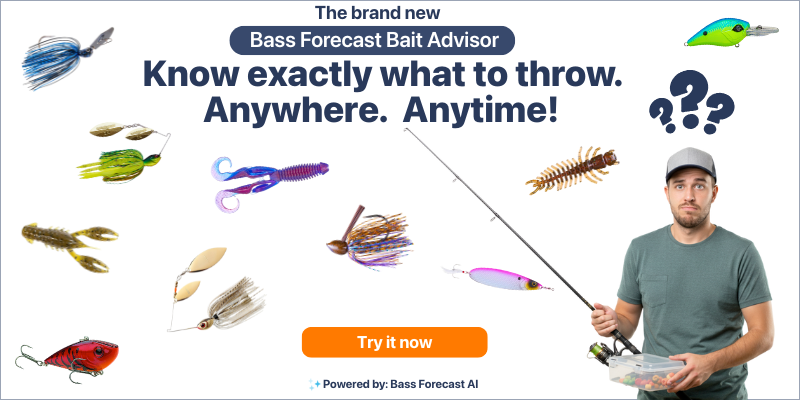


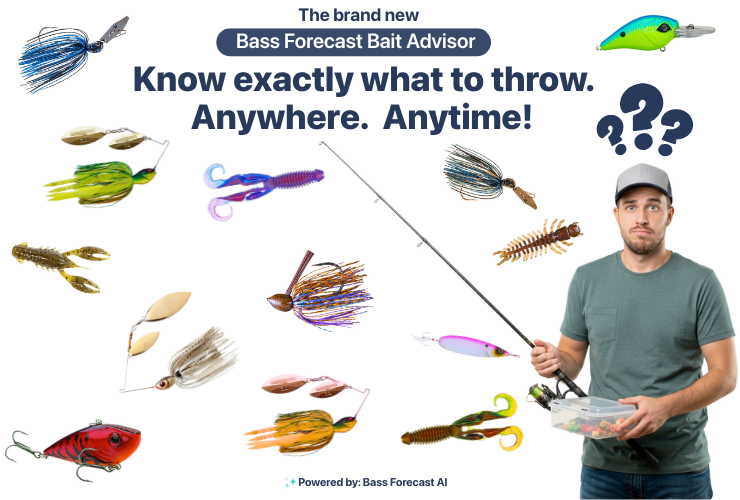
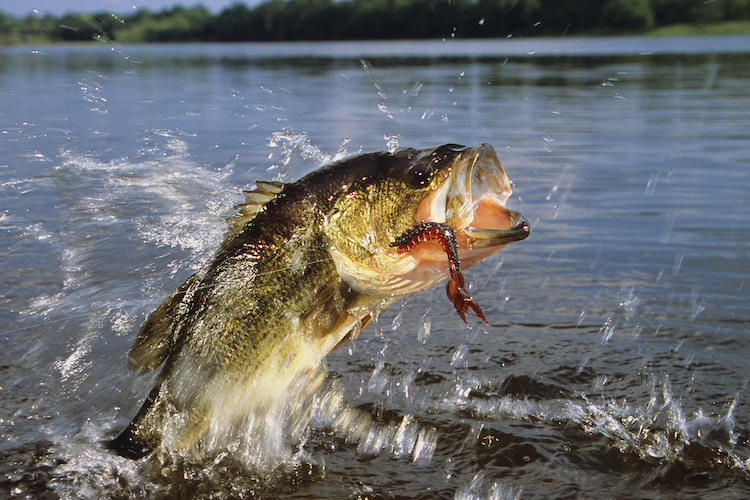
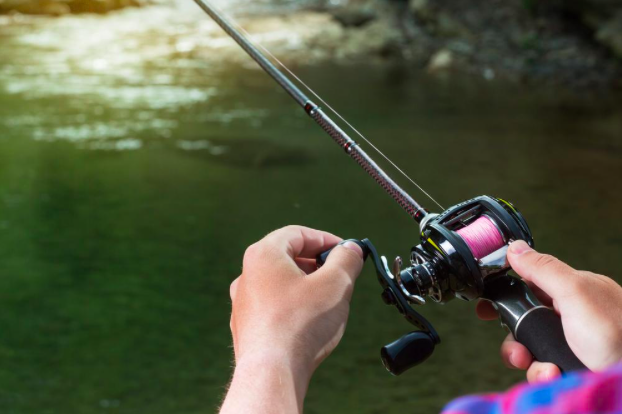
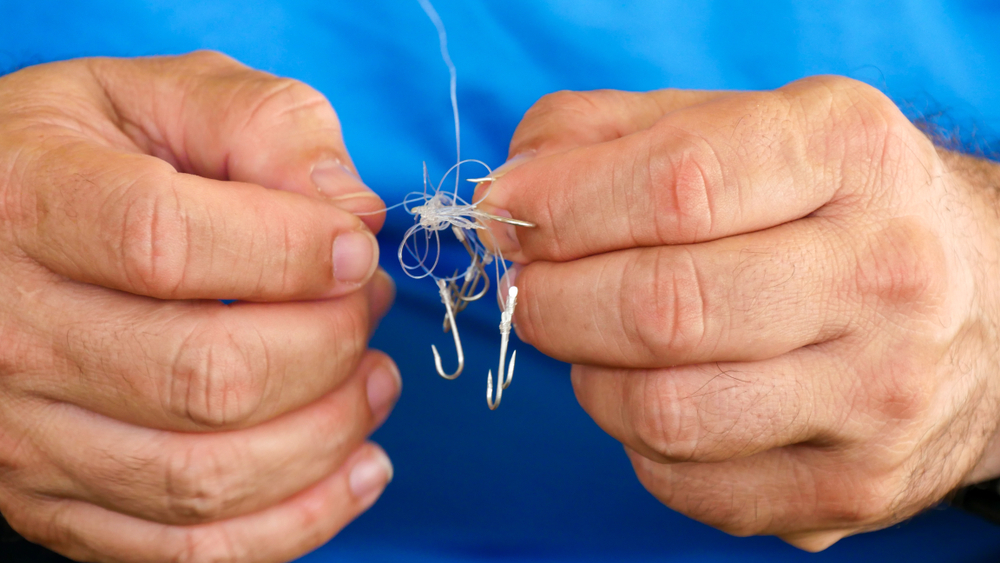
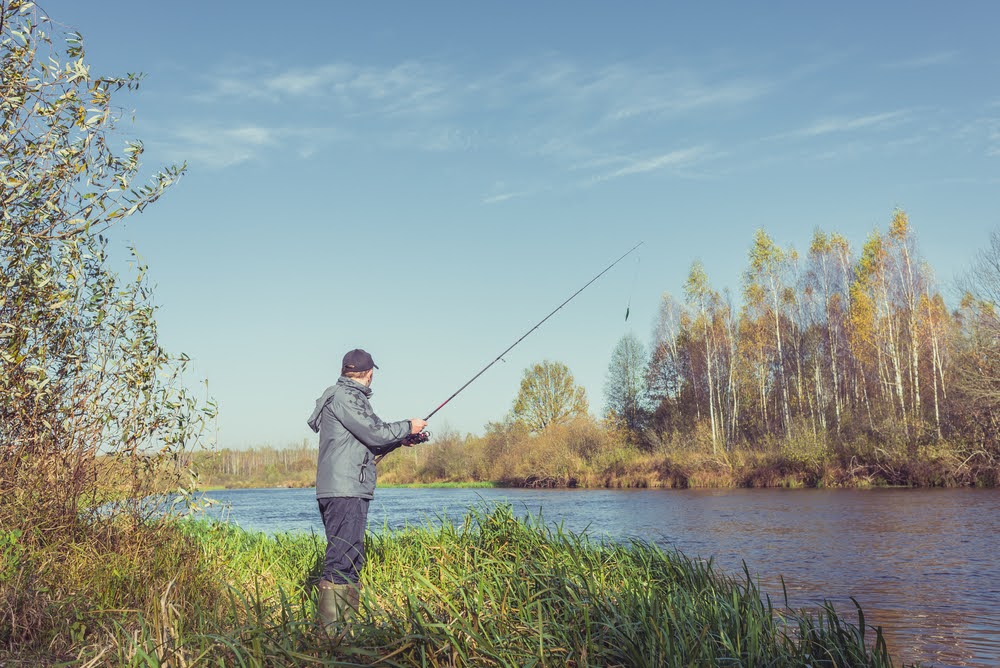
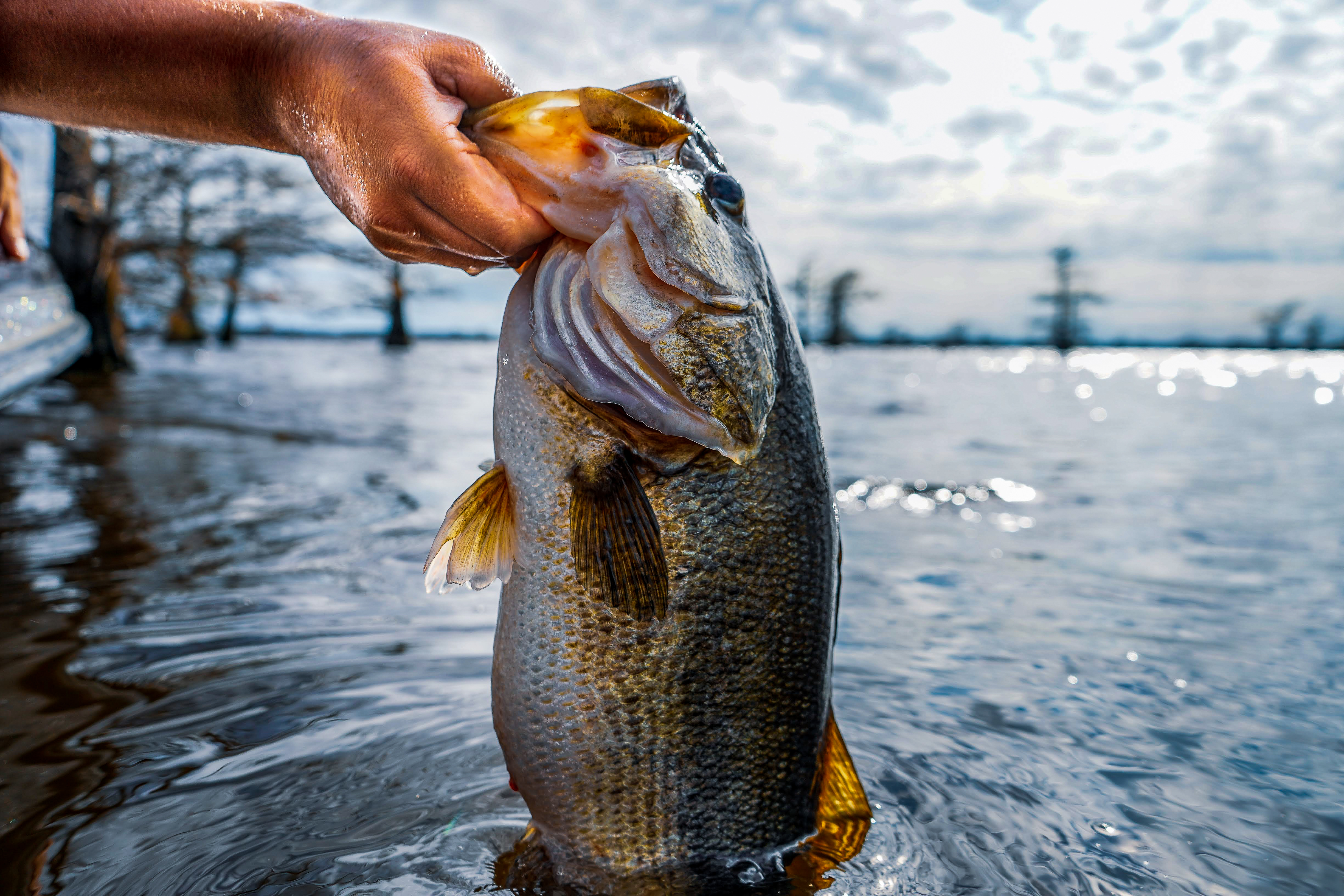

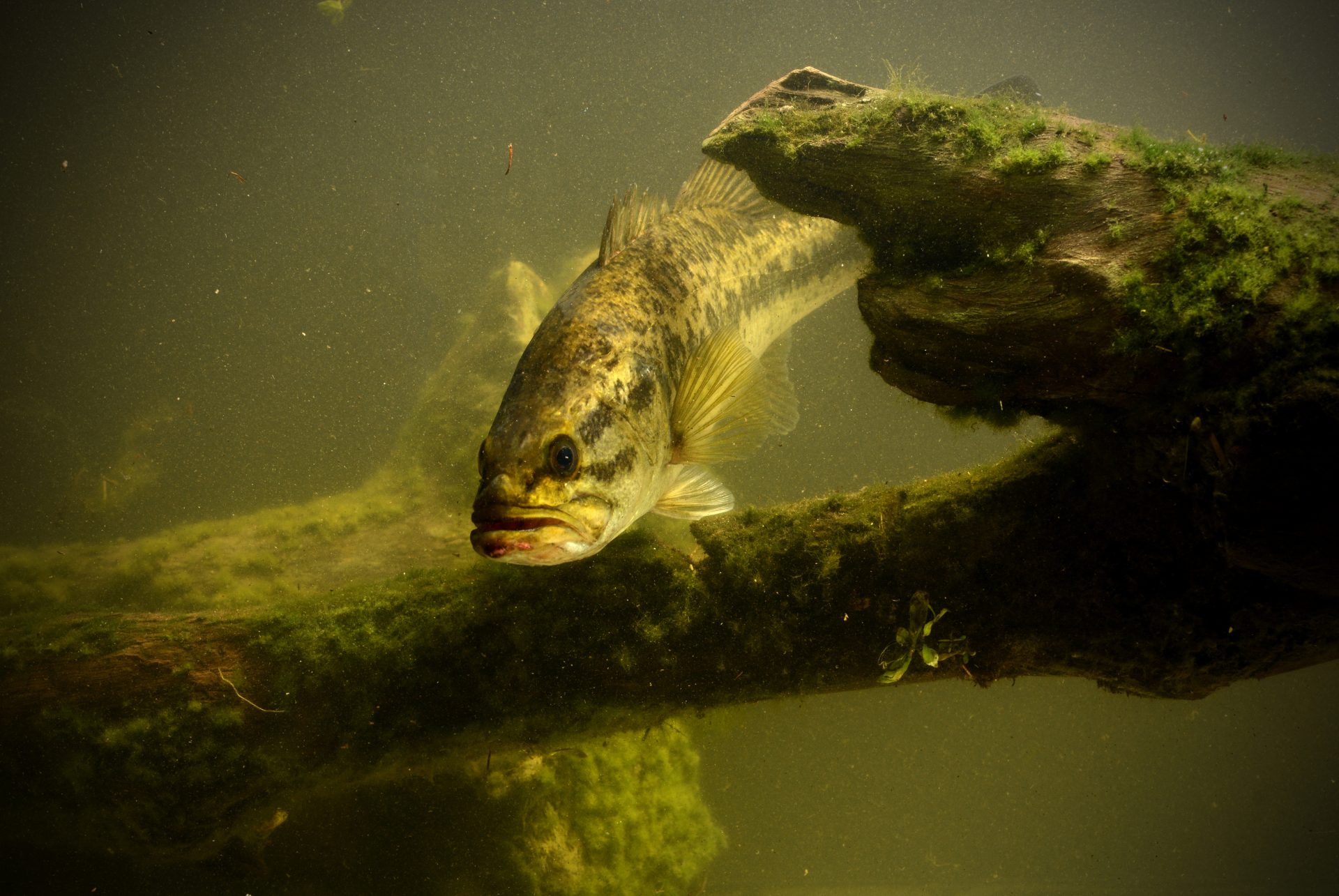
.png)
.png)